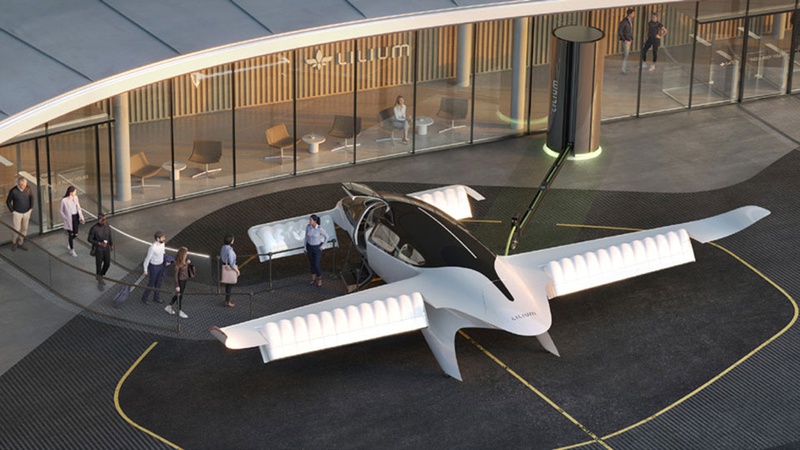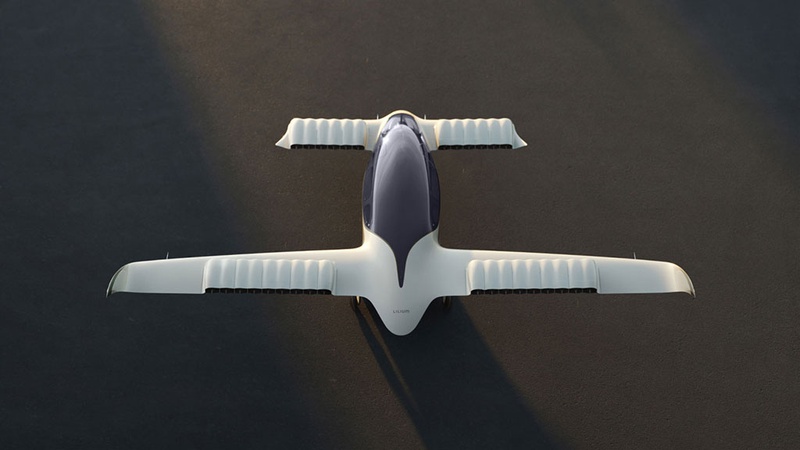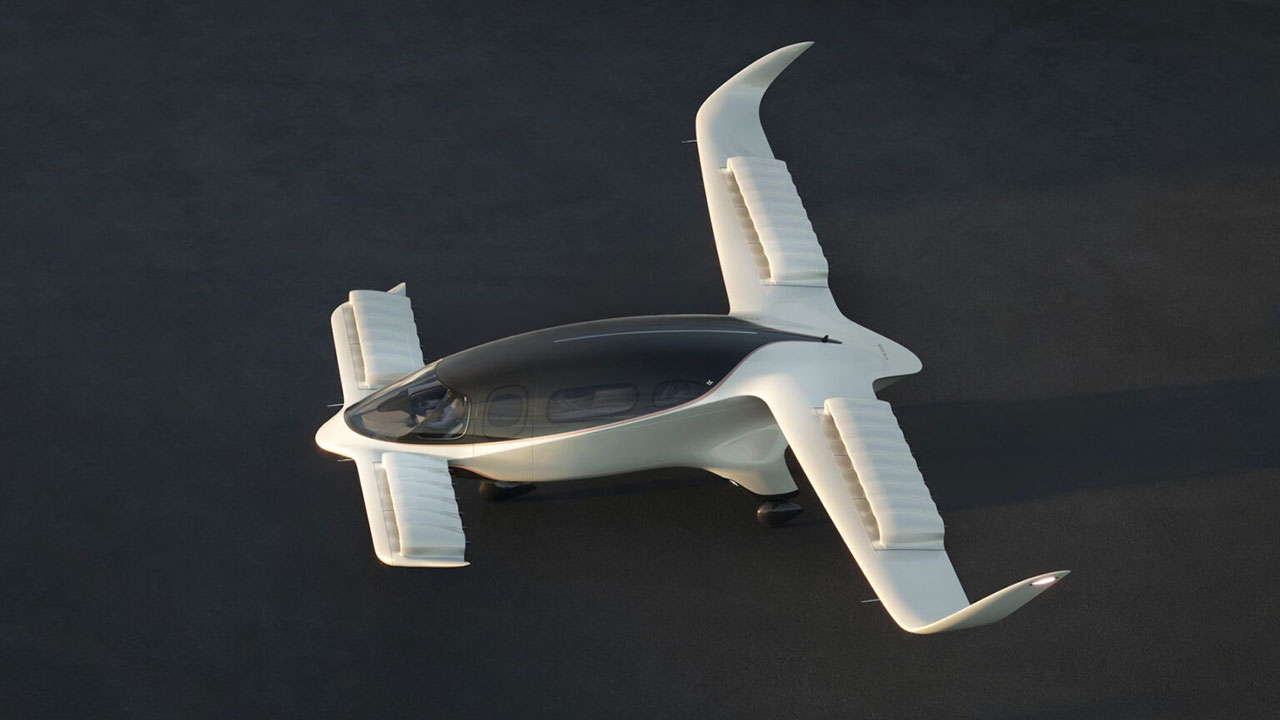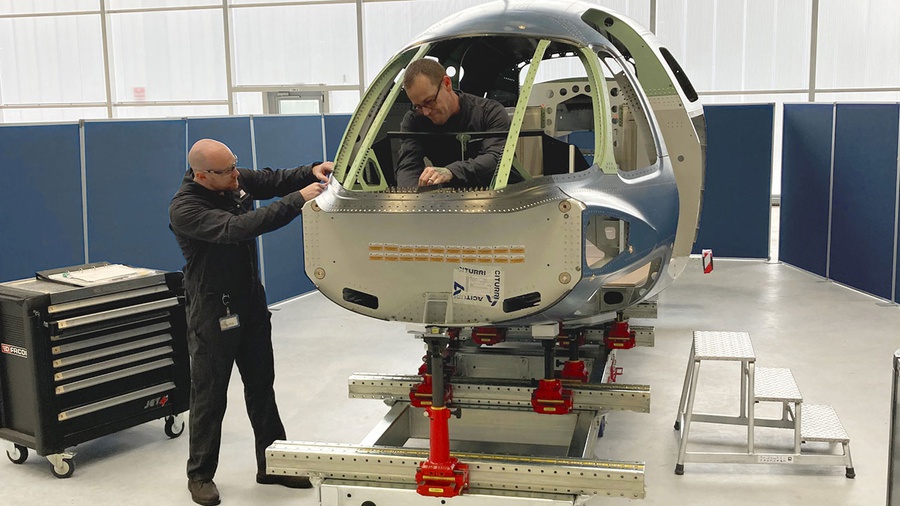The first jet fuselage has already arrived at Lilium's final assembly line. In parallel, Lilium's suppliers - most of whom have decades of experience meeting commercial aviation certification requirements, according to the start-up - are ramping up production of parts and systems for the Lilium Jet.
“With the start of production, Lilium has reached a turning point and moved from the design phase to the industrialization of the Lilium Jet. “This is also a milestone for Lilium’s industry and supply chain partners as they work to make sustainable regional aviation a reality ,” the company writes in a press release.
In the next step, the fuselage with the canards and the main wings of the aircraft will be assembled. Production of the Lilium Jet takes place at Lilium's facilities in Wessling, west of Munich.
Lilium's test and manufacturing center, the propulsion and aircraft structures plant , the final assembly building, as well as the newly constructed battery assembly building and the logistics center, where the aircraft parts are prepared for integration into the final assembly line, are all located next to each other on the grounds of the Oberpfaffenhofen special airport. In total, Lilium's facilities cover an area of ??16,250 square meters.
Lilium plans to both manufacture the Lilium Jet and operate the Lilium Jet as a point-to-point on-demand regional air taxi service where its passengers would be flying within an urban area, within rural areas, from urban to rural areas or from city to city, and increase your Radius of Life - the area in which we our day-to-day life. Lilium states with their aerial ride-sharing operations, a person can increase their Radius of Life by a factor of 25 with on-demand air transportation.




Lilium Jet
The Lilium 7-seater Jet is expected to have a cruise speed of 280 km/h (175 mph), a 250+ km (155+ miles) range and has a cruise altitude 3,000 m (10,000 ft). The company expects the range to increase as battery density becomes greater. The maximum take-off weight of the aircraft is estimated to be 3,175 km (7,000 lb).
The aircraft has 36 ducted electric vectored thrust (DEVT) fans on the aircraft's canard wings. The front wing has a grand total of 12 DEVT fans. The rear wing has a grand total 24 DEVT fans. The DEVT fans have a low noise profile, not only due to the fact they are electric ducted fans but the company has also has added acoustic liners to help capture and dissipate noise before it reverberates into the atmosphere. This low noise profile will also provide a much quieter ride for the pilot and passengers when compared to conventional airplanes, jets and helicopters. The company has stated the aircraft is six to seven times quieter than a helicopter.
Source: Lilium


